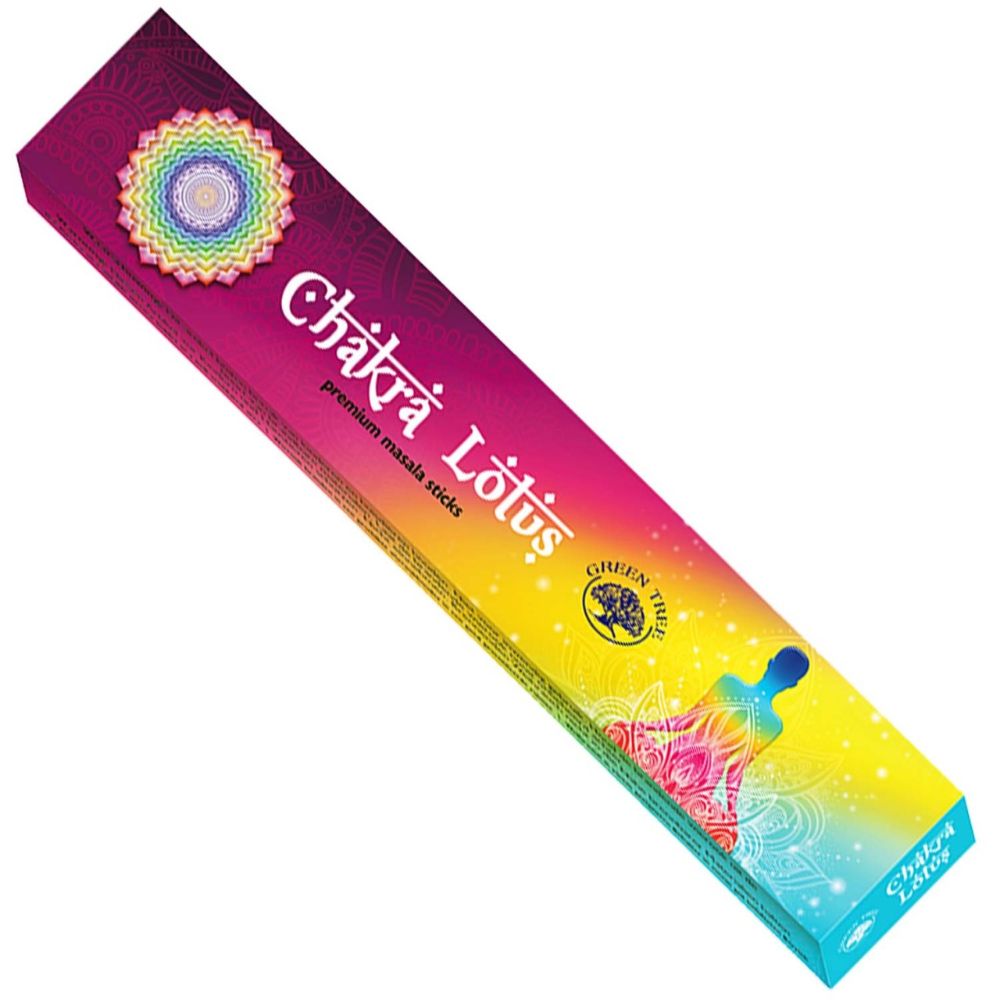Introduction:
Delve into the realm of the 7 chakras—an ancient system of energy centers that form a foundational aspect of many spiritual and healing practices. From yoga to Ayurveda, understanding the chakras can offer profound insights into our physical, emotional, and spiritual well-being. Join me as we explore the essence, symbolism, and significance of each chakra in this holistic journey towards balance and harmony.
The Concept of Chakras:
The word "chakra" originates from Sanskrit, meaning "wheel" or "disk." In traditional Indian philosophy and spiritual traditions, chakras are believed to be spinning wheels or vortexes of energy located along the central axis of the body, from the base of the spine to the crown of the head. Each chakra is associated with specific qualities and functions, influencing different aspects of our physical, emotional, and spiritual experiences.
Understanding the 7 Chakras:
Root Chakra (Muladhara):
Located at the base of the spine, the root chakra is associated with grounding, stability, and survival instincts. It governs our sense of security, stability, and connection to the physical world.
Sacral Chakra (Svadhisthana):
Positioned in the lower abdomen, the sacral chakra is linked to creativity, sensuality, and emotional well-being. It influences our ability to experience pleasure, cultivate intimacy, and nurture creative expression.
Solar Plexus Chakra (Manipura):
Located in the upper abdomen, the solar plexus chakra governs personal power, self-esteem, and willpower. It influences our sense of identity, confidence, and ability to assert ourselves in the world.
Heart Chakra (Anahata):
Positioned at the center of the chest, the heart chakra is associated with love, compassion, and emotional balance. It governs our ability to give and receive love, foster empathy, and form meaningful relationships.
Throat Chakra (Vishuddha):
Located at the throat region, the throat chakra influences communication, self-expression, and authenticity. It governs our ability to articulate our thoughts and feelings clearly, and to speak our truth with integrity.
Third Eye Chakra (Ajna):
Positioned between the eyebrows, the third eye chakra is associated with intuition, insight, and inner wisdom. It governs our ability to perceive beyond the physical realm, trust our inner guidance, and cultivate spiritual awareness.
Crown Chakra (Sahasrara):
Located at the crown of the head, the crown chakra is connected to spiritual enlightenment, divine consciousness, and universal connection. It represents our highest state of consciousness, unity with the cosmos, and the realization of our true nature.
Balancing and Aligning the Chakras:
The balance and alignment of the chakras are essential for overall well-being and harmony. Practices such as meditation, yoga, breathwork, sound therapy, and energy healing techniques like Reiki are used to cleanse, activate, and balance the chakras. By harmonizing the flow of energy through these centers, individuals can enhance their physical health, emotional resilience, and spiritual growth.
Conclusion:
As we conclude our exploration of the 7 chakras, let us embrace the profound wisdom and healing potential they offer. Whether you're new to the concept or a seasoned practitioner, understanding the chakras can empower you to cultivate balance, harmony, and holistic well-being in your life. May your journey towards chakra awareness be a transformative path of self-discovery, inner peace, and spiritual awakening.
Embrace the energy of the chakras, and let their radiant essence guide you towards a life of alignment, vitality, and spiritual fulfillment.
























1 comment
astrologer devanand
What a wonderful exploration! Energy awareness brings clarity and balance through an understanding of the 7 chakras.